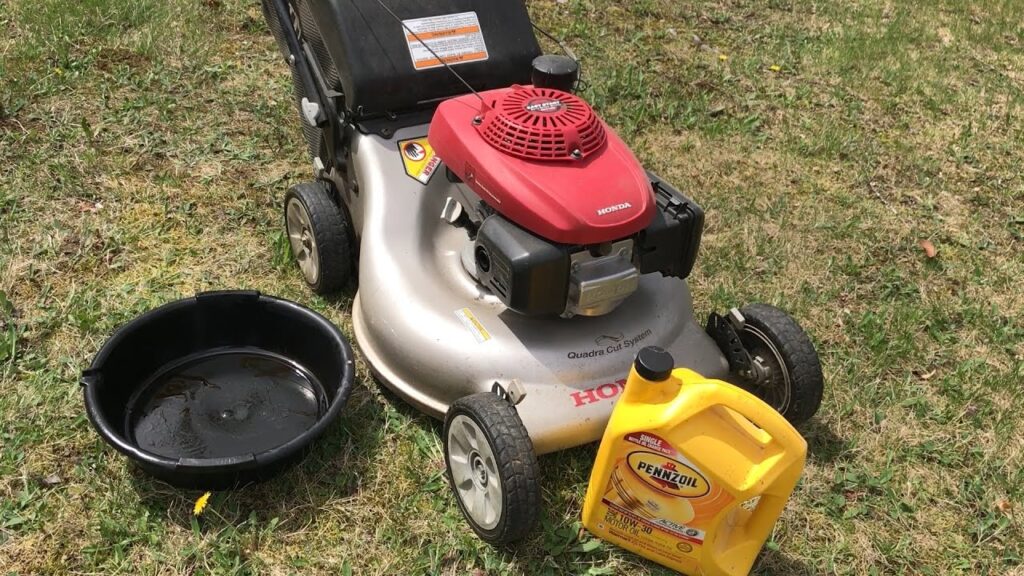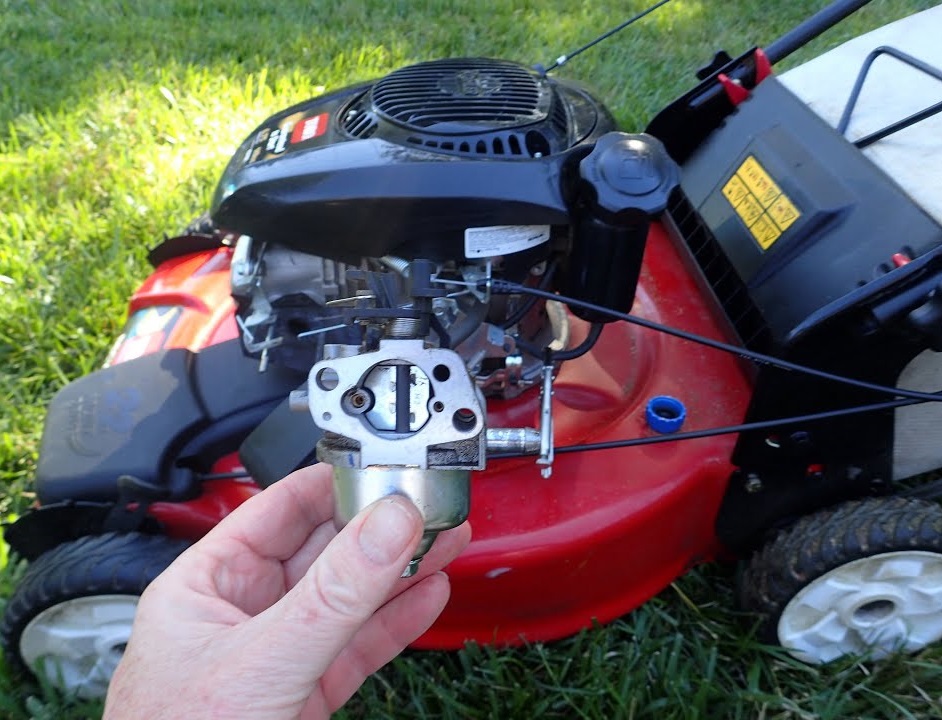When you mow your lawn, you will have to periodically sharpen the blades of the lawnmower. They tend to blunt with use, and then the grass will have uneven patches and will start to look torn and burnt. In this article, we give you a step-by-step guide on how to sharpen lawn mower blades. It’s not really difficult whether you choose to sharpen them on-site or whether you remove the blades for sharpening.
Whether you have an electric mower, which you connect to a plug, a cordless one with a battery, or even a gas mower, the instructions are luckily simple and similar. In most cases, you take the blades off and use a variety of tools, such as an angle grinder or a file, to sharpen the blades. You then balance the blades and refit them. Or, you use the same tools to sharpen the blades without removing them—not as easy nor as effective, but it’ll work. Note that if you mow certain landscapes, such as hills, you may need a different type of lawnmower so that you can get longer wear from the blades. See this article for information if required. For sharpening blades, keep reading.
The tools that you’ll require are as follows:
If you prefer using a push mower, as opposed to an automated or seated mower, you need each step for sharpening the blades of the lawnmower. This guide will explain very clearly everything you need to do to sharpen and rebalance the blades so that you have a perfect cut every time you mow. The very first thing you need to do is take out your mower and find a flat work surface where screws and tools won’t disappear into crevices or get lost in the foliage. A garage floor is ideal rather than a grass surface.
The very first item on the list is to disconnect the spark plug. You don’t just want to disconnect it from the mains or disconnect the battery. Sometimes, lawnmowers are triggered to switch on when you turn the blades, so completely disconnect the spark plug first to disable it.
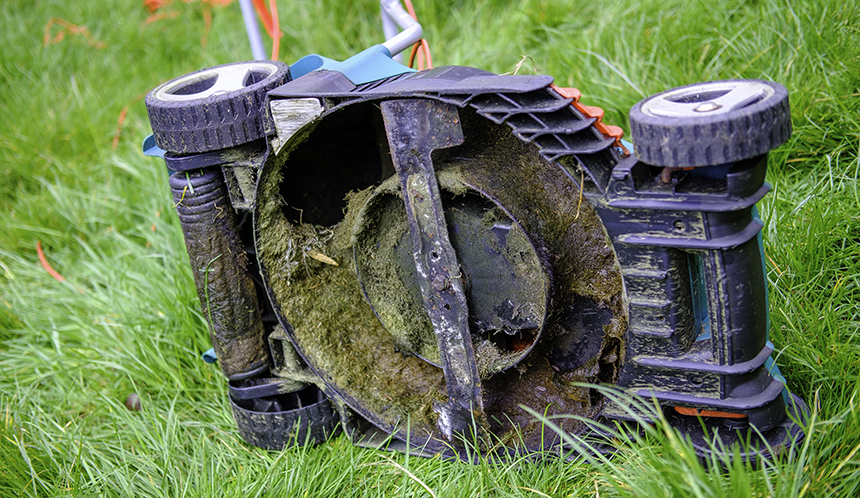
Next, tip the mower onto its side. You don’t want fuel and oil to leak into them because it will cause damage. If you have a battery-powered lawnmower, you naturally have no such worries, but still, do this gently to prevent damaging parts.
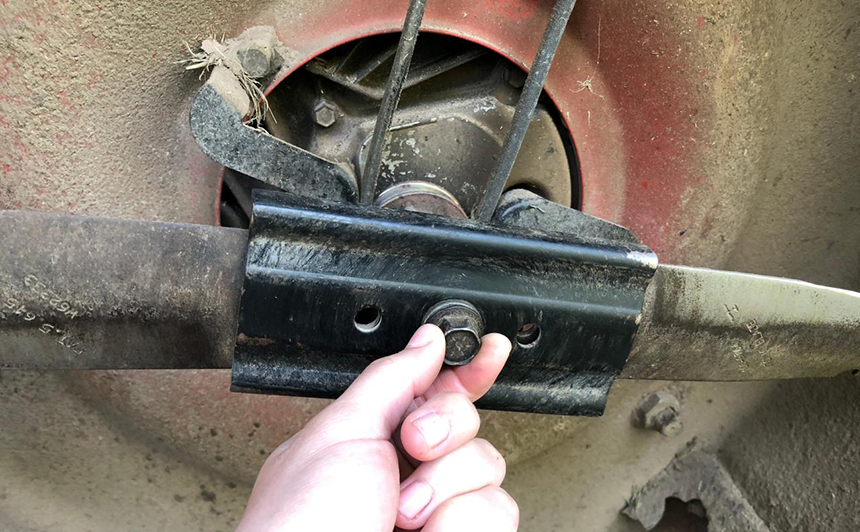
Next, you need to remove the blade Trusted Source 3 Easy (and Safe!) Ways to Sharpen Your Lawn Mower Blade | HGTV When you’re sharpening your lawn mower blade, the goal is to make the blade as sharp as a butter knife. It doesn’t need to be razor-blade sharp to be effective since it rotates at a high speed. www.hgtv.com . You have to use a screwdriver to unscrew all the bolts. However, it’s best to mark which side of the blade is facing down with a piece of tape or chalk. You’re not likely to be able to tell once the blade is sharpened.
Next, clean the blades. If you leave the dirt and rust on them while cleaning, you may sharpen the dirt into the blade or leave patches where you aren’t able to file well. Once again, use a penetrating cleaner and clean cloth, being careful not to cut yourself on the blade. It may be blunt, but it can still do damage on some of its edges. It might be sufficient to clean it with an old rag, but it’s unlikely to clear away all the dirt.
Once your blade is clean, place it in a clamp on your workbench. It must be held firmly so it doesn’t jump loose during sharpening and cause injury to your body. You can’t hold the blade in place with your body and try and sharpen it. The likelihood of the blades slipping and causing you harm is too high.
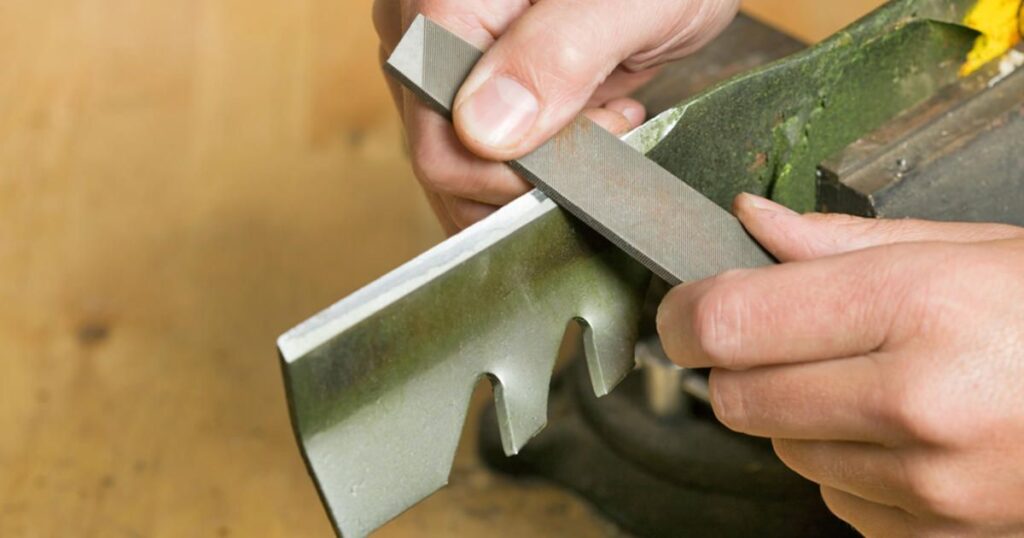
Filing is very labor-intensive, but using a file is much safer and easier to handle if you’re not used to using a grinder. You simply need to make sure you file in a direction that leads away from the blade and not toward it. You need to file with the angle of the bevel, which is normally at a 40-to-45-degree angle.
It’s important to count the strokes and to ensure that you do the same number of strokes on both sides, so the blade is balanced. Put sufficient pressure on the hand file so that you feel the abrasion between the file and the blade.
Place your filing strokes in sequence so every inch of the blade is covered equally. It’ll take about 50 strokes to get your blade sharp. The popular term for how sharp it should be is ‘butter knife sharp,’ not ‘steak knife-sharp.’ Interestingly, if your blade is too sharp, it’ll blunt very quickly because it’s more fragile.
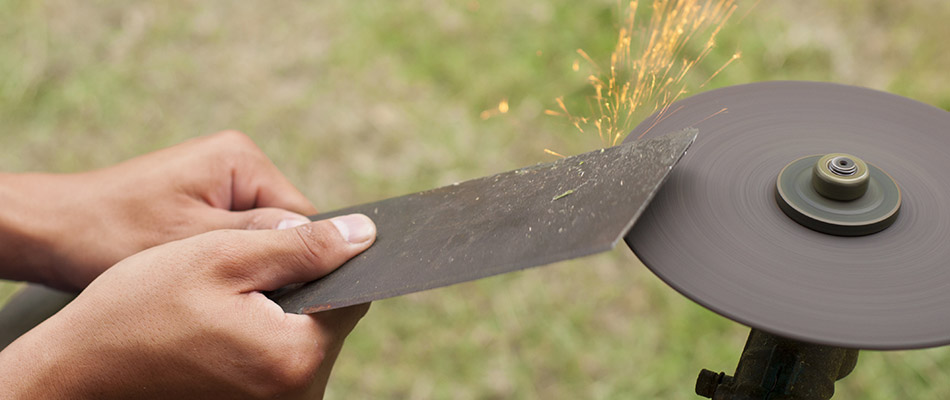
Firstly, make sure you’re wearing PPE for your eyes, hands, and ears. If you’re used to using a grinder Trusted Source Mowing Grass clippings can return 50-100% of the nitrogen your lawn needs, and are free fertilizer. Leaving grass clippings produces short grass particles that fall to the soil surface and quickly break down. The result: the release of valuable nutrients that fertilize the lawn, add organic matter that conserves moisture, and protect against temperature extremes. www.montgomerycountymd.gov , then this is the best option for you. A grinder will enable you to get the job done easily, and it gives a smooth finish to the blade. However, an angle-grinder can cause you to ruin the angle of the blade or damage it by overheating. This is why we recommend using a file if you’re not very experienced with grinders.
The next step is to remove the blade from the clamp and balance it. An unbalanced blade can cause your engine to run badly or can damage the bearings, so always do this before placing it back on the mower.
Here’s how:
You’ll know it’s balanced if the blade hangs horizontally, with no side drooping.
Once you’ve taken all the steps above to clean, sharpen and balance your blade, you can now reassemble the lawnmower. Note which side is down by the tape you placed on it earlier, and bolt the blade back on. Make sure you tighten it firmly, or it will be hard to start your lawnmower, and it can ruin the engine.
Now you’re ready to start mowing. Place the lawnmower right side up, and attach the sparkplug. Note: under no circumstances connect the sparkplug before this step. Try mowing a small strip. If you hear any rattling or other unusual sounds, repeat all the above steps to ensure you have a balanced and robustly-fastened blade.
It’s a relatively simple task to sharpen your lawnmower blades. With a hand file, anyone should be able to do it when following the step-by-step guide on how to sharpen lawn mower blades. You should also achieve good success with an angle grinder—if you’re used to it. You may, however, not wish to go to all the trouble of removing a blade before filing it. This article discusses how to do that without harming yourself. It is possible but not as successful nor as easy to file as when you remove the blade and place it in a clamp. Once you’ve completed all the above steps, you’ll find your lawnmower mows better and gives a cleaner cut. Happy mowing!
